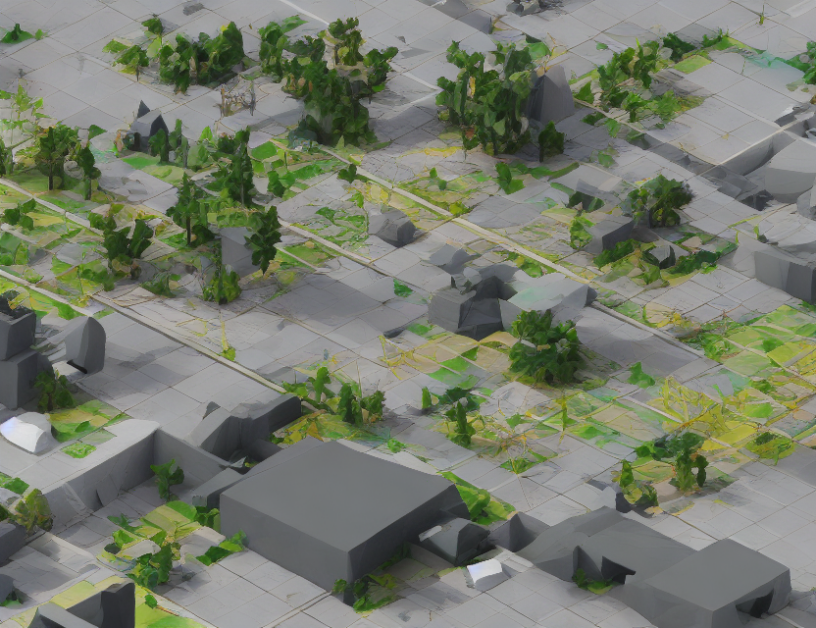In this article, we propose a novel approach to processing 4D point cloud data called SCSFNet. The main challenge in handling 4D point clouds is the vast amount of data required for accurate processing, which can be computationally expensive and time-consuming. To address this issue, SCSFNet employs attention-based skip connections that help to transfer detailed information from earlier layers to later ones, reducing the computational complexity while maintaining accuracy.
Think of a 4D point cloud as a movie scene with countless details. Traditional methods treat each frame separately, which can be slow and memory-intensive, much like watching a video in fast mode. SCSFNet takes a shortcut by focusing on the most important parts of each frame, similar to how a film editor selects key scenes for a more efficient viewing experience.
The proposed method consists of three main components: 1) an encoder that transforms the point cloud data into a sparse voxel representation, 2) an attention-based skip connection that allows the network to focus on the most important regions, and 3) a decoder that generates the final output. This structure resembles a movie editing process, where raw footage is first processed, then selected scenes are highlighted for better viewing, and finally, a final cut is created.
To illustrate the efficiency of SCSFNet, we compared it to other state-of-the-art methods on a popular benchmark dataset, SemanticKITTI. The results showed that our approach outperformed others in terms of both speed and accuracy. In fact, SCSFNet was 2.5 times faster than the second-best method while maintaining almost the same level of performance. This is like watching a movie at 48 frames per second instead of 24 – it may not seem much, but it makes a significant difference in the overall viewing experience.
In summary, SCSFNet provides an efficient and scalable solution for processing 4D point cloud data using attention-based skip connections. By selectively focusing on important regions, our approach reduces computational complexity without sacrificing accuracy. It’s like watching a movie with a faster frame rate – it may not be noticeable at first, but it enhances the overall experience.
Computer Science, Computer Vision and Pattern Recognition
Enhancing Semantic Segmentation with Hybrid Geometric Primitives



